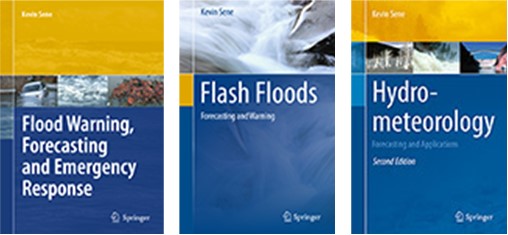Hello. I’m a scientist and writer interested in water and climate issues such as floods, droughts and water resources and have published three technical books in this area, including an award-winning book on hydrometeorology.
I’ve been fortunate enough to work on projects in more than twenty countries, including helping to understand flooding issues at a regional scale in the UK, southern Africa and Asia, water resources studies in Africa and the UK, and leading research on new approaches to flood forecasting and warning.
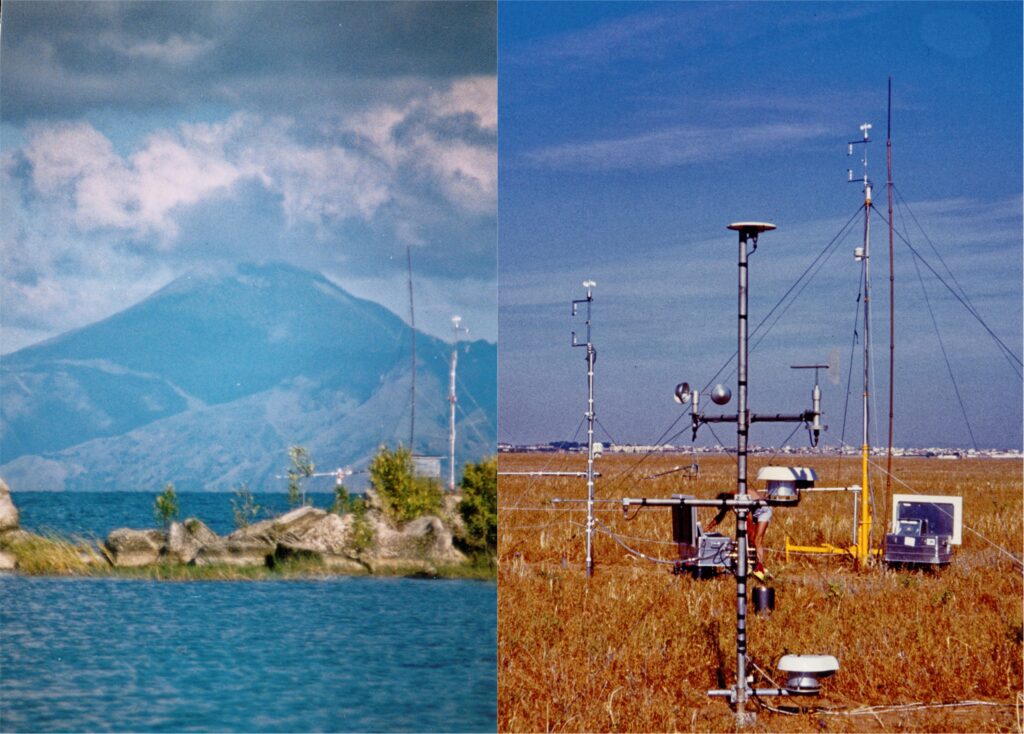
Throughout, one strand has been trying to predict how variations in climate and weather impact on river flows and catchment conditions, which is a common theme in all three books.
I’ve also contributed to many scientific and conference papers on topics such as climate variability, probabilistic flood forecasting, flood estimation, water resources, lake evaporation, micrometeorology, and crop water use.
On this page I give a flavour of this work with links for more detailed reading.
Scientific books for practitioners and researchers
The three books are called:
- Hydrometeorology: forecasting and applications
- Flash floods: forecasting and warning
- Flood forecasting, warning and emergency response.
and have all been published by Springer. They are intended for use by practitioners and researchers and also provide background for university courses in areas such as civil engineering, water resources, meteorology and hydrology.
Part of the motivation for writing these books has been working on practical problems as a consulting engineer. This has been a great help in seeing both what works in practice and where gaps in understanding arise. Typically this has involved managing projects, working as a key technical expert, writing good practice guidelines and/or running training courses.
Examples have included projects for Defra, DFID, the Environment Agency, European Commission, GIZ, SEPA, various water companies and the World Bank, whilst places where I’ve worked include the UK, USA, Spain, Italy, Lebanon, Somalia, Uganda, Kenya, Malawi, Tanzania, Lesotho, Mozambique, Namibia, South Africa, India, Sri Lanka, Sumatra and Central Asia.
The following paragraphs give some more details about each book and the following post gives more insights into writing the Hydrometeorology book:
Hydrometeorology: forecasting and applications
Hydrometeorology: Forecasting and Applications (3rd edition), Springer, 2024
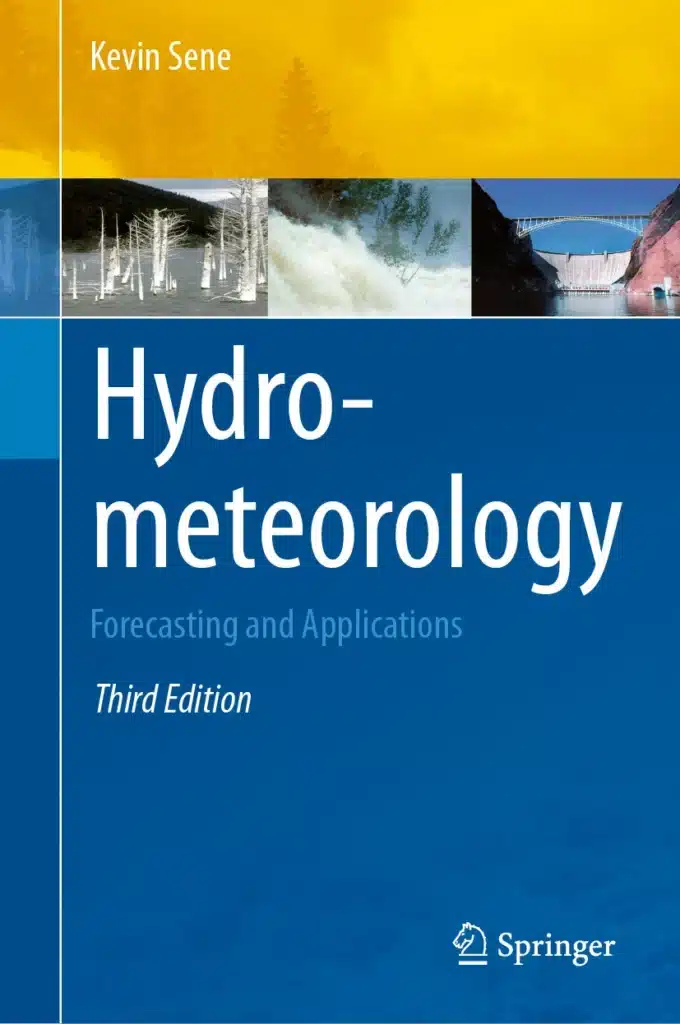
Summary:
Hydrometeorology: Forecasting and Applications is the latest edition of this award-winning book intended for practicing engineers and scientists. It also provides useful background for undergraduate and postgraduate courses in engineering, earth sciences, environmental sciences, geography, meteorology and hydrology.
Operational examples include applications from the USA, UK, the Netherlands, Bangladesh and Nepal. Throughout, there is a focus on end-to-end warning systems, forecast uncertainty and risk-based and impact-based approaches
Key themes • flood warning • drought early warning systems • meteorological observations • catchment monitoring • hydrometry • meteorological forecasts • hydrological forecasts • demand forecasts • reservoir operation • water resources • water quality forecasts • end-to-end warning systems • forecast uncertainty • data assimilation • probabilistic forecasts • impact-based forecasting and warning
Available in hardcover, softcover and digital (ebook or pdf) formats, with individual chapters available digitally too.
The first edition received an award as part of the prestigious Atmospheric Science Librarians International (ASLI) nominations for the best book of the year in the fields of meteorology, climatology and atmospheric sciences, with the citation:
“Honorable mention for an authoritative review of recent developments in hydrometeorological forecasting.” ASLI Choice Awards 2010
I would recommend this book to anyone who wishes to get an overview of recent developments in meteorological forecasting techniques that are reflected in the performance of operational hydrologic models, as well as to water decision makers who will benefit from the improved forecasts…I am not aware of any other book as comprehensive as this one that covers all aspects of hydrometeorology.”
From a review in the Bulletin of the American Meteorological Society.
Flash floods: forecasting and warning
Flash Floods: Forecasting and Applications, Springer
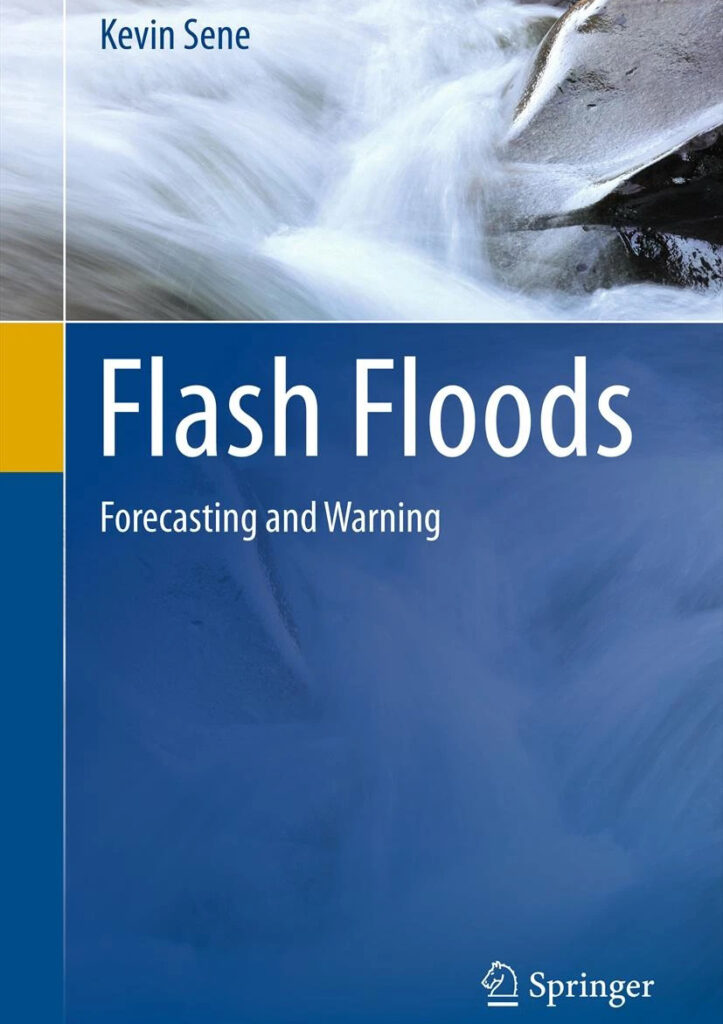
Summary: Flash floods typically develop in a period a few hours or less and can arise from heavy rainfall and other causes, such as dam or flood defence breaches, and ice jam breaks. This book describes recent developments in techniques for monitoring and forecasting the development of flash floods, and providing flood warnings. Topics which are discussed include rainfall and river monitoring, nowcasting, Numerical Weather Prediction, rainfall-runoff modelling, and approaches to the dissemination of flood warnings and provision of an emergency response.
Provides an international perspective, drawing on recent research and examples from Europe, the USA and elsewhere. Treats the topic in an integrated way, discussing research findings from meteorology and hydrology, and some of the issues surrounding the provision of an effective response to flood warnings (e.g. evacuation of properties)
Springer
Flood forecasting, warning and emergency response
Flood Warning, Forecasting and Emergency Response, Springer
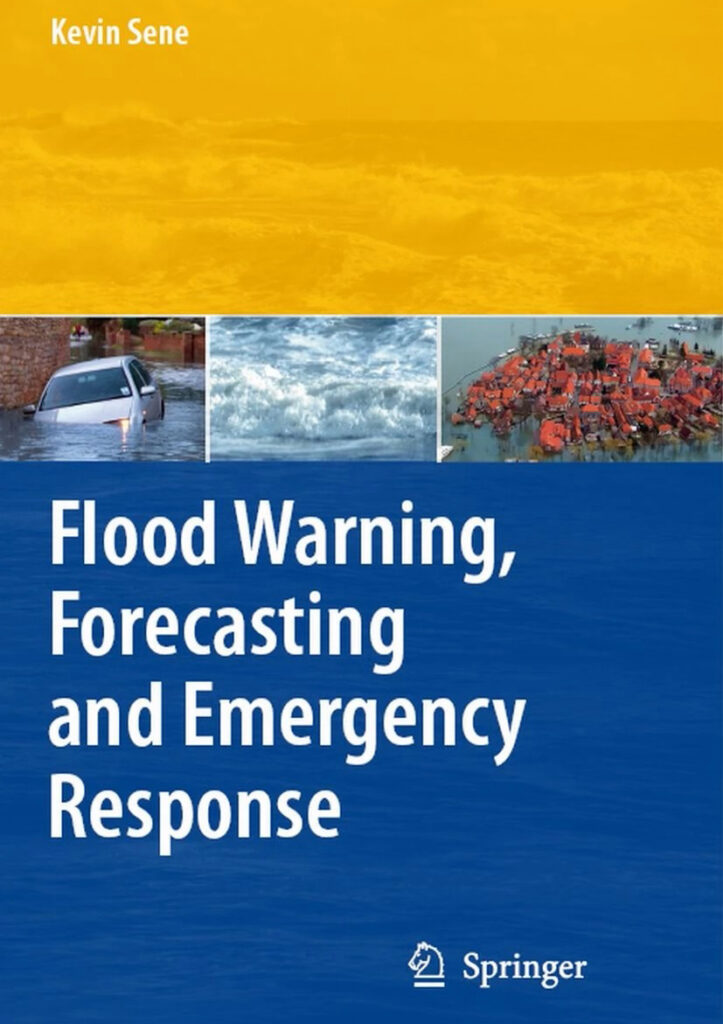
Summary: This book provides a comprehensive account of the flood forecasting, warning and emergency response process, including techniques for predicting the development of flood events, and for issuing appropriate warnings. Related topics, such as telemetry and information systems, and flood warning economics, are also discussed. The material on meteorological, hydrological and coastal modelling and monitoring may also be of interest to a wider audience.
For perhaps the first time, this book brings together in a single volume the many strands of this interesting multidisciplinary topic, and will serve as a reference for researchers, policy makers and engineers.
Springer
Book chapters
With co-authors, I have also contributed to the following book chapters:
Uncertainty Estimation in Fluvial Flood Forecasting Applications by Kevin Sene, Albrecht Weerts, Keith Beven, Robert J Moore, Chris Whitlow, Stefan Laeger and Richard Cross in Applied Uncertainty Analysis for Flood Risk Management, Edited by Keith Beven and Jim Hall, World Scientific, 2014
Flood Forecasting Model Selection: A structured approach, Kevin Tilford, Kevin Sene, Rahman Khatibi in Flood Risk Management in Europe: Innovation in Policy and Practice, Edited by Selina Begum, Marcel J. F. Stive and Jim W. Hall, Springer, 2007
Current research interests in hydrometeorology
I have a long association with Lancaster Environment Centre (LEC) at Lancaster University where I am a Royal Academy of Engineering Visiting Professor in Environmental Engineering and the following extract from my university webpage gives some background:
“Kevin is a scientist and writer who has published three scientific books in the areas of floods, hydrology and climate, including an award-winning book on hydrometeorology, and popular science books on natural spectacles and tidal bores.
As a Royal Academy of Engineering Visitor Professor, he is contributing to teaching by delivering practical experience-based case studies on climate risks to engineering projects.
Past employers have included a large engineering consultancy and the Centre for Ecology and Hydrology, working on consultancy and research projects in climate, hydrology and hydrometeorology in the UK, Europe, Africa, Asia and the Caribbean.
He is sole or joint author of more than 50 scientific and conference papers in the areas of water resources, flood forecasting, hydraulic modelling, flood estimation, climatology, micrometeorology, fluid mechanics and hydrometric data management.
Current interests include research on climate extremes and developing techniques for characterising tidal bores, such as the Severn Bore in Gloucestershire, the Arnside Bore in Cumbria and Lancaster’s very own tidal bore: the Lune Tidal Bore.
He publishes a free fortnightly newsletter (Nature’s tidings) with insights into space, weather, tidal and wildlife phenomena and his author website is www.meteowriter.com“
This includes studies into climate extremes and investigations using advanced statistical techniques to gain a better understanding of how hydrological systems respond to climate and rainfall variations, including the historical response of large lakes to variations in climate and the potential for seasonal forecasting of river flows. The following publications give a flavour of these techniques and topics, which build on several previous papers I’ve published (with co-authors) on Africa’s great lakes, and some work in progress on tidal bores:
Lake response to climate variations
Sene, K., Houghton Carr, H., and Tych, W.: Reflections on almost a century of hydrological studies on Africa’s largest lake, Proc. IAHS, 384, 141–147, 2021.
Abstract: Lake Victoria is the largest lake in Africa and its outflows strongly influence flows in the White Nile, including the availability of water for hydropower generation, irrigation and water supply. Understanding the water balance is a major challenge since the lake is large enough to influence the local climate and its catchment spans several countries. Hydrometeorological monitoring networks are also sparse in some parts of the basin. In this paper, we consider the history of water balance estimates for the lake and how the science has developed as new information and techniques have become available, including in areas such as seasonal flow forecasting and estimating the potential impacts of dam operations and climate change. These findings are placed into a wider context including the challenges arising from a changing climate and evolving ideas from international research programmes, which lead to some suggestions for future research priorities for Lake Victoria and other sub-Saharan/Rift Valley lakes.
Seasonal flow forecasting
PIAHS – Seasonal flow forecasting in Africa; exploratory studies for large lakes (copernicus.org)
Sene, K., Tych, W.: Seasonal flow forecasting in Africa; exploratory studies for large lakes, Proc. IAHS, 384, 289–293, 2021.
Abstract: For many applications, it would be extremely useful to have insights into river flows at timescales of a few weeks to months ahead. However, seasonal predictions of this type are necessarily probabilistic which raises challenges both in generating forecasts and their interpretation. Despite this, an increasing number of studies have shown promising results and this is an active area for research. In this paper, we discuss insights gained from previous studies using a novel combined water balance and data-driven approach for two of Africa’s largest lakes, Lake Victoria and Lake Malawi. Factors which increased predictability included the unusually long hydrological response times and statistically significant links to ocean-atmosphere processes such as the Indian Ocean Dipole. Other lessons learned included the benefits of data assimilation and the need for care in the choice of performance metrics.
Tidal bores
I’ve also long been interested in tidal bores and with another tidal bore expert am currently working on a paper characteristing the tidal bores of the UK. In 2021 I also published a popular science book about the 23 or so tidal bores that occur in the UK.
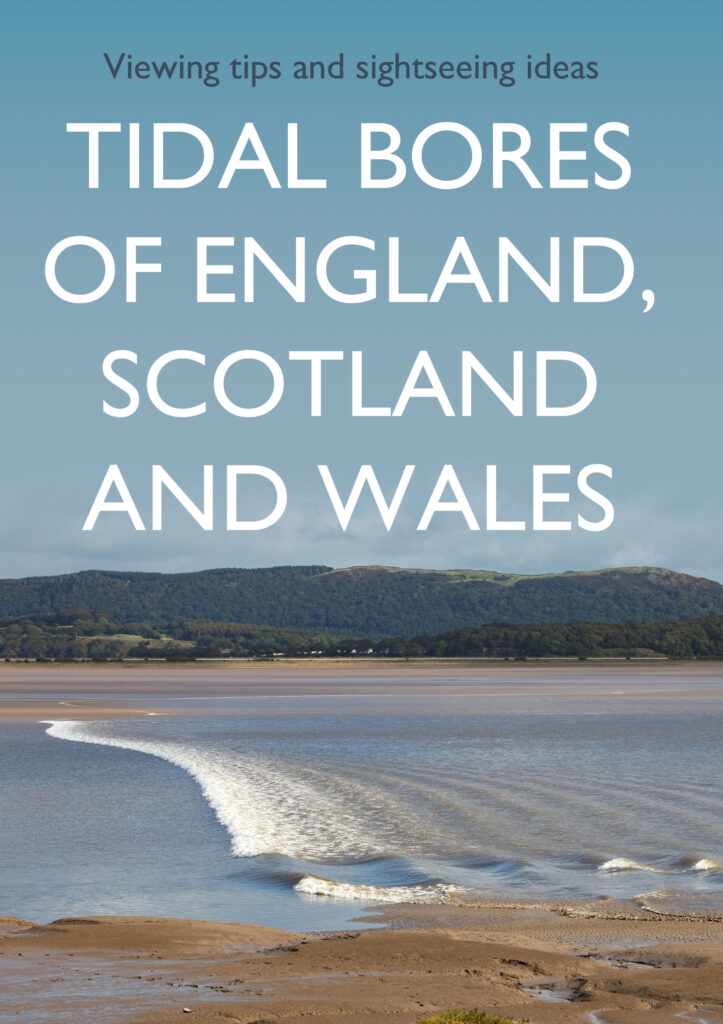
Tidal Bores of England, Scotland and Wales features ten tidal bores around the UK from Somerset to southwest Scotland and in eastern England with brief details for several more. It also describes why tidal bores occur along with tips to improve your chances of seeing one and on water safety.
Many occur in beautiful estuary locations so to add interest to a day out it includes ideas for places to visit nearby, such as tourist attractions, historic ports, museums and nature reserves.
There is more information about the book and where and why tidal bores form on my webpage about them:
